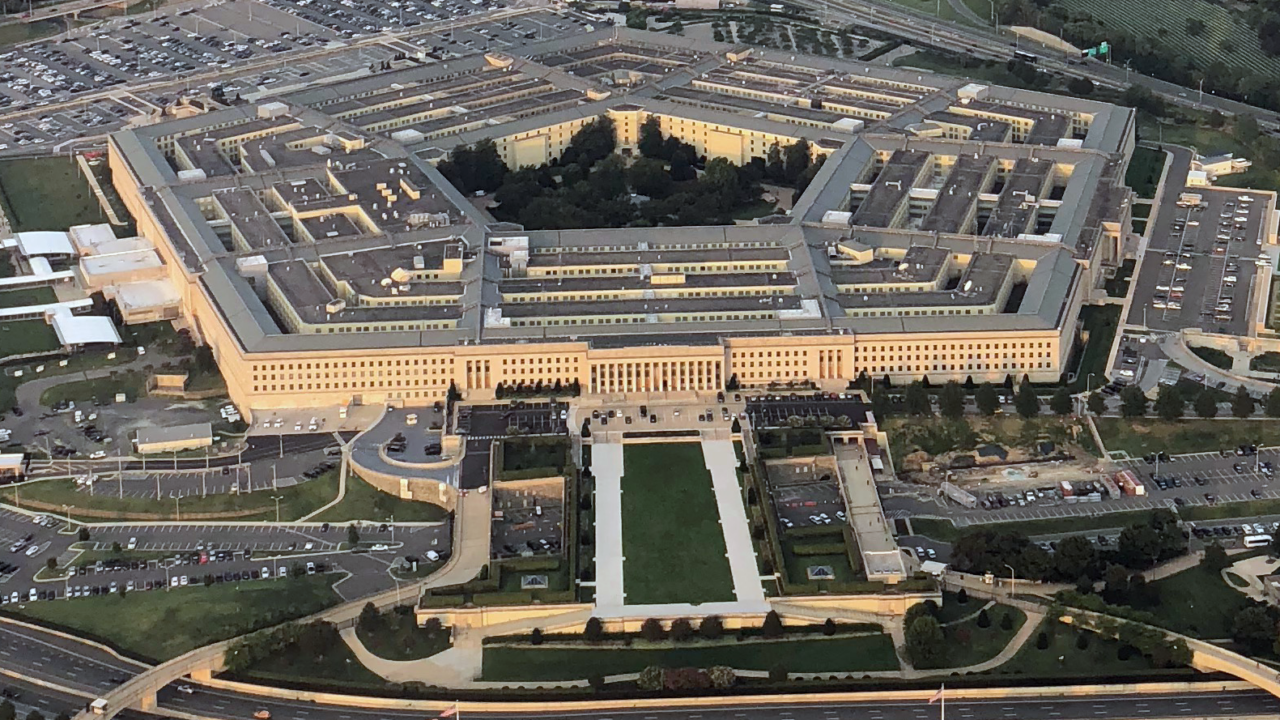 "The Pentagon, cropped square" by Wikimedia Commons
licensed under the Creative Commons Attribution-Share Alike 4.0 International
"The Pentagon, cropped square" by Wikimedia Commons
licensed under the Creative Commons Attribution-Share Alike 4.0 International
Taxpayers are once again being asked to throw more money at the Department of Defense’s long-troubled F-35 fighter program.
After spending trillions of taxpayer dollars that drove the highest rate of inflation in 40 years, it is critical that the federal government protect taxpayers and curb spending. Congress can begin by finally practicing long-overdue fiscal discipline on the over-budget and behind-schedule F-35 fighter program.
The program’s inefficiencies are well documented. An April Government Accountability Office report found the program’s total costs are ballooning to over $1.7 trillion.
Here it is straight from the report:
“The F-35 aircraft, with its advanced capabilities, represents a growing portion of DOD’s tactical aviation fleet—with over 400 aircraft in use to date. DOD plans to procure about 2,000 more F-35s with estimated life-cycle costs of the program exceeding $1.7 trillion; $1.3 trillion of those costs are associated with sustaining the aircraft.”
The true cost of the program is likely even higher given DOD has not provided an acquisition cost estimate since December of 2019, as the report notes. That 2019 estimate alone was a $22 billion cost increase from DOD’s 2018 estimate.
Despite the runaway costs, DOD is once again back asking for more taxpayer money. This time with a proposal to replace the program’s existing F135 engine with an entirely new engine for the Air Force’s F-35 variant.
Air Force Secretary Frank Kendall claims the engines alone would top more than $6 billion, roughly three times the cost of upgrading the existing F135 engine. But this would only be the beginning of additional costs as the Air Force would then need to sustain the new engine in service, requiring a new supply chain, new maintenance procedures, and a host of other add-ons to existing infrastructure.
As has been the case for the F-35 program many times in the past, this $6 billion number might just be the floor. Costs will likely balloon if approval for the new engine is given. Secretary Kendall also noted that these additional costs will result in nearly 70 less F-35s for our armed services moving forward, this comes at a time when National Security and global tensions continue to rise with China and Russia.
Now is not the time for Congress to ramp up unnecessary spending when acceptable lower-cost alternatives exist. If Congress will not rein in spending on the over-budget F-35 program when inflation and the deficit are the top motivating issues for voters, it likely never will.
In July, Americans for Tax Reform joined a coalition of free-market organizations sounding the alarm on the runaway costs of the F-35 program while urging Congress to reject any further authorization of funds that creates unnecessary costs for the American people.
ATR urges Congress to rein in spending and protect taxpayers from unnecessary cost increases on the F-35 program.

